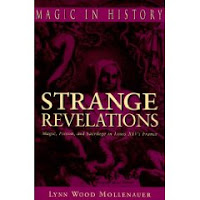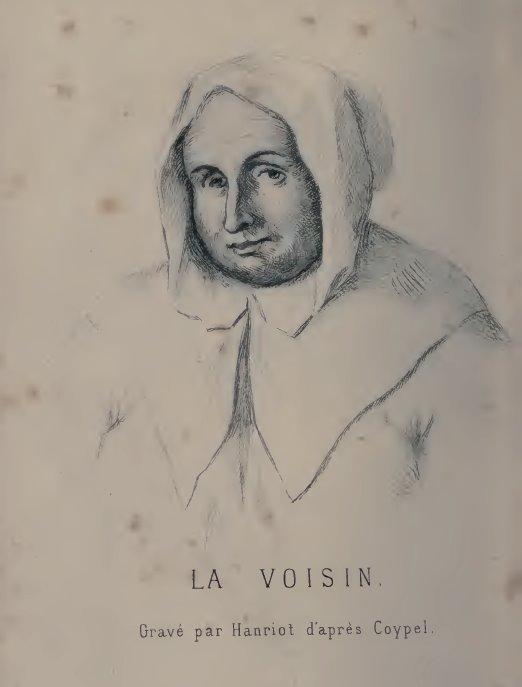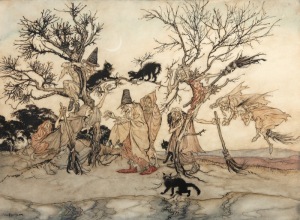 I’m loosing quite a bit of sleep reading Lynn Wood Mollenaurer’s Strange Revelations; Magic, Poison, and Sacrilege in Louis XIV’s France.
I’m loosing quite a bit of sleep reading Lynn Wood Mollenaurer’s Strange Revelations; Magic, Poison, and Sacrilege in Louis XIV’s France.
This book is indeed a revelation. The author has done a massive amount of carefully-documented research on what is known as the “Affair of the Poisons” at the Court of the Sun King, presenting the details in a context that I found enlightening.
I’ve read a number of books on this subject, but few have helped me to understand the cultural context—the historical framework for this astonishing period in history. (And now that I have, I confess to feeling somewhat sickened and overwhelmed.)
Witchcraft has often been a subject of controversy. Some historians frame witches as midwives persecuted for offering birth control (and abortions), for example, women who helped other women, and, in doing so, subverted male authority, for which they were punished (by men). No doubt in some realms this was the case—but that is not the case here.
Many of the witches investigated in Paris in this period sold innocent charms, read palms, told fortunes, true, but sometimes they also sold poison—”widow makers”—for doing away with unwanted husbands. Again, we rise to defend such practices: women were forced into abusive marriages in that age; women were powerless; what choices did they have? Yet the extent of the attrocities committed during this period is overwhelming. Witches (both male and female) gave women the means to be murderers … and they took it.
 “There is nothing I can’t do,” the sweet-faced motherly La Voisin (shown at right) told a friend. “I want to make you happy, and if I make you a widow, I will marry you off to any man that you choose. Only bring the money that I ask.” [page 91]
“There is nothing I can’t do,” the sweet-faced motherly La Voisin (shown at right) told a friend. “I want to make you happy, and if I make you a widow, I will marry you off to any man that you choose. Only bring the money that I ask.” [page 91]
Getting rid of a husband—or any number of other relatives for that matter—was relatively easy; getting a man to love you was quite a bit more challenging, requiring rituals of increasing complexity (and cost). At the apex was the “amatory mass” performed by a priest over the genitals of a naked woman, and involving the newly-spilled blood of a sacrifical enfant.
Historians have discounted such sordid revelations as hysterical imaginings, or “confessions” brought on by torture. Possibly, but I’m beginning to hold with this author’s contention that the sheer number of highly-detailed accounts given by the wide array of men and women under investigation during the Affair of the Poisons lends credibily to the confessions.
Indeed, it’s hard to discount them.



So glad you enjoyed this book!
http://www.wondersandmarvels.com